Cape Town, affectionately known as the Mother City, is the south-westernmost city in all of Africa. A South African coastal city with a rich and intriguing history, Cape Town attracts flocks of visitors each year each seeking to immerse themselves in the combination of culture, landscape, and fine wine and food, all while working on their tan.
It is evident that Cape Town has a lot to brag about, and this is particularly true because of its title as the most beautiful city in the world. It may be important to note that the Cape of Good Hope, Cape Point, and the Cape Peninsula refer to the same region, and are often used interchangeably. Cape Point refers to the southernmost point within the Cape of Good Hope, which has the peninsula running upwards on either side.
Disclaimer: This post contains affiliate links. This means that should you click on certain links, and then subsequently purchase a product, I will receive a small commission.

Table of Contents
Traveling from Cape Town to the Cape of Good Hope
South Africa is known to be reliable on private cars to get around efficiently. Travelers value the privacy of traveling solo or in groups by private car, as well as the opportunity to appreciate the surroundings on their own time. The drive along Chapman’s Peak on the western-most region of Cape Town makes for a relaxing drive, and the journey along the Garden Coast starting from or ending in Cape Town makes for a delightful trip with picturesque views.
Stretching from the northern to the south, the city center of Cape Town lies approximately 40 kilometers north of the Cape of Good Hope, which marks the southernmost region not only of the country but of the African continent. Car hire is a popular self-drive option wherever you may find yourself within South Africa.
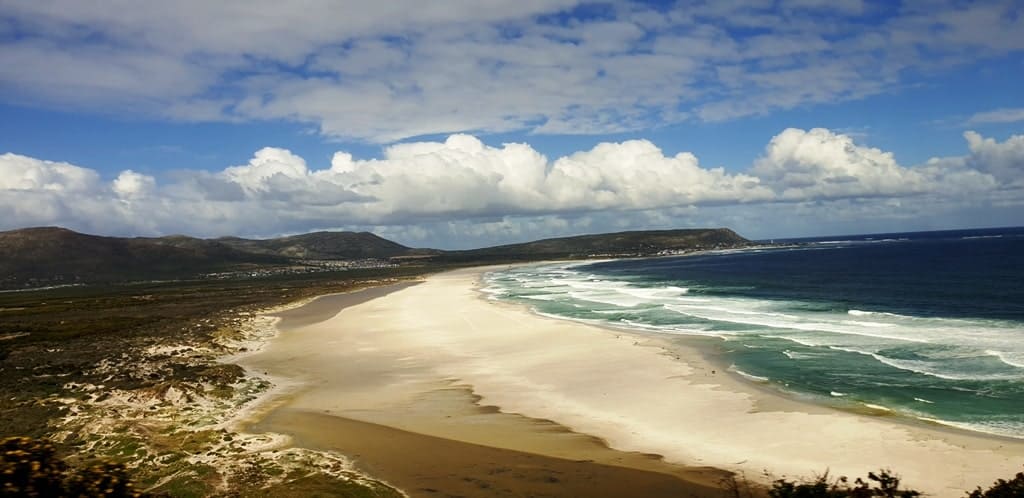
Alternatives include bus hire, taxi hire, or taking an Uber. Public transport is very affordable but a poor option for strict time constraints, and usually requires a series of stops from between terminals. Tourists are encouraged to purchase a MyCity bus card at the Cape Town International Airport, in order to travel using the MyCity buses, and also qualify for a number of discounts throughout the city.
For a more scenic journey, opt for a full-day tour of Cape Point and surrounds. The eight-hour excursion includes visiting the penguins at Boulders Beach, whale-watching, and discovering the Cape Point Nature Reserve, a UNESCO World Heritage Site. The trip is a perfect opportunity to enjoy the surroundings without the stress of logistics. Pass the little seaside towns of Muizenberg and Fish Hoek along the way, and stay on the lookout for ostrich and game at the Nature Reserve.
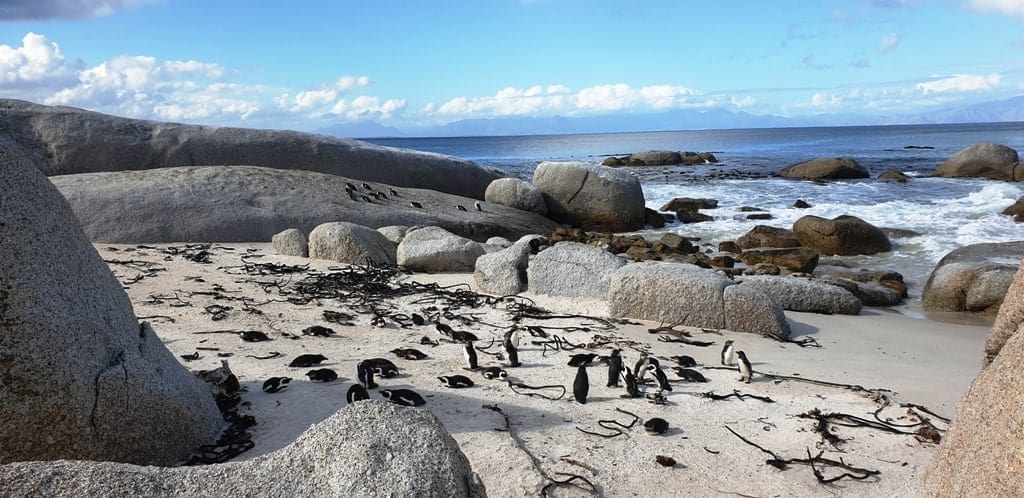
The tour offers an optional hike from Cape Point to the Cape of Good Hope headland and comes full circle on a trip through the mountains back to Cape Town. The tour is a bargain and includes the entrance fee into the Nature Reserve, an expert tour guide, and transportation in a modern and air-conditioned coach.
Lunch and other entrance fees are optional and at tourists’ own expense. Overall, this trip is one of many that guarantees a worthwhile experience for all.
Click here for more information and to book this tour to Cap Point and Boulder’s Beach.
Brief History
Cape Town’s history starts where the city was initially inhabited by the indigenous Khoi and San peoples that had migrated along the coastline of southern Africa. The first European to set foot in the Cape of Good Hope in 1488 was Bartolomeu Dias, a Portuguese explorer who originally named the Cape of Good Hope as the Cape of Storms because of the rough seas that frequently resulted in shipwrecks along the Cape.
Dias was later succeeded by Vasco da Gama, another Portuguese explorer, who successfully rounded the southern coast of Africa less than a decade later in 1497, establishing a viable trade route between Europe and the East. As a result, the Portuguese monarch, King John II, changed the name to mean the Cape of Good Hope because of the optimism surrounding establishing a sea route along the African coast to serve European navigators between Europe and the East. However, the Portuguese did not settle here.
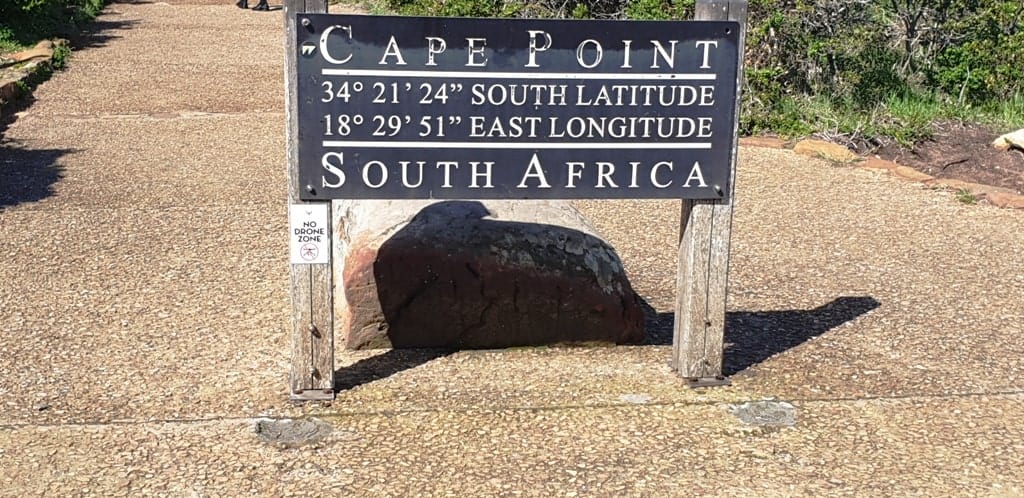
The first Europeans to settle within the Cape in 1652 was Jan van Riebeeck, the Dutch colonial administrator of the Cape region, joined by his wife, Maria De Queillerie, of French Huguenot descent. At this point in time, the Cape served as a refreshment station for navigators, and the Dutch Eat-India Company was borne, a major spice route trader.
Only in the early 20th Century, after defeating Dutch descendants in the Anglo-Boer War, did Britain establish the Union of South Africa where the British took control of the Cape Colony and were recognized as the first to colonize South Africa. Essentially, the discovery of the Cape of Good Hope is accredited to Dias of Portugal, and the discovery of Cape Town is accredited to Van Riebeeck of the Netherlands.
Things to See and Do at the Cape of Good Hope
The Cape of Good Hope is most famous for its Nature Reserve as it is an acclaimed natural wonder specific to South Africa. The unique biodiversity of fauna and flora, a phrase used to refer to the unique plant and animal life within the region, are indigenous and cannot be found anywhere else in the world.
The National Reserve is home to in excess of 1200 plant species, and a wide variety of birdlife, mammals, antelope, and zebra, among others. From the southernmost peak, coined Cape Point, the point where the Indian Ocean and Atlantic Ocean meet can be observed perfectly.
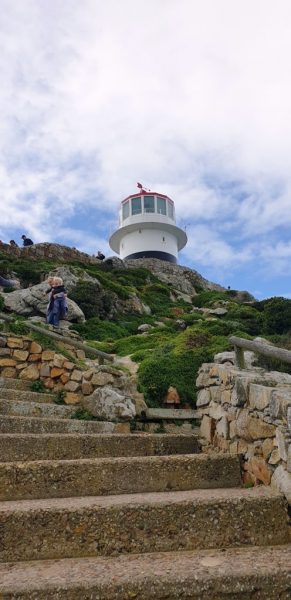
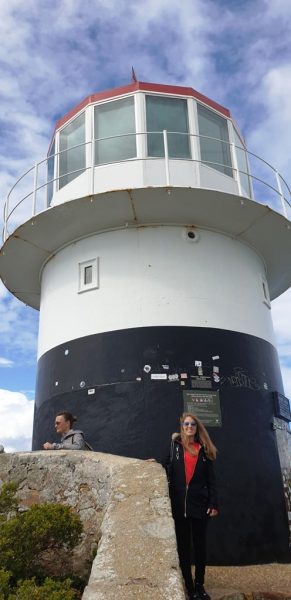
The oceans are a beautiful teal and blue color, and the different densities are apparent when observing the meeting points of the waves from overhead the mountain peak. This also marks the southernmost tip of Africa, which is clearly marked with a signboard. There is often a queue of tourists waiting in line to capture the iconic photograph of themselves and the signboard.
In the vicinity is a tram that functions specifically to transport tourists to and from the lighthouse which serves as a lookout point from Cape Point and stands tall at 238 meters above sea level. Bask in the fascinating history of shipwrecks just off the Point. Participate in active sports including hiking, biking, swimming in the tidal pools, diving, surfing, fishing, and animal-watching.
Just a stone’s throw away, the surrounding little towns are most popular for its beaches, which are some of the most magnificent views and perfect waves that the world has to offer. Two christened white pillars which pay homage to the original Portuguese explorers mentioned earlier, litter the expanse of Cape Point. Cape Point is home to the Two Oceans Restaurant, which offers mainly Mediterranean foods.
Hiking at the Cape of Good Hope
Hikers are sure to enjoy hiking at the Silvermine Nature Reserve, Chapman’s Peak Drive, Cape Point Nature Reserve, Kalk Bay Caves, Peers Cave, or Elsie’s Peak, among others. Although these are the primary hotspots for hikers, there are commonly no crowds. Alternatively, hikers can take the coastal paths around the peninsula and know that they are walking a part of the perimeter of the African continent.
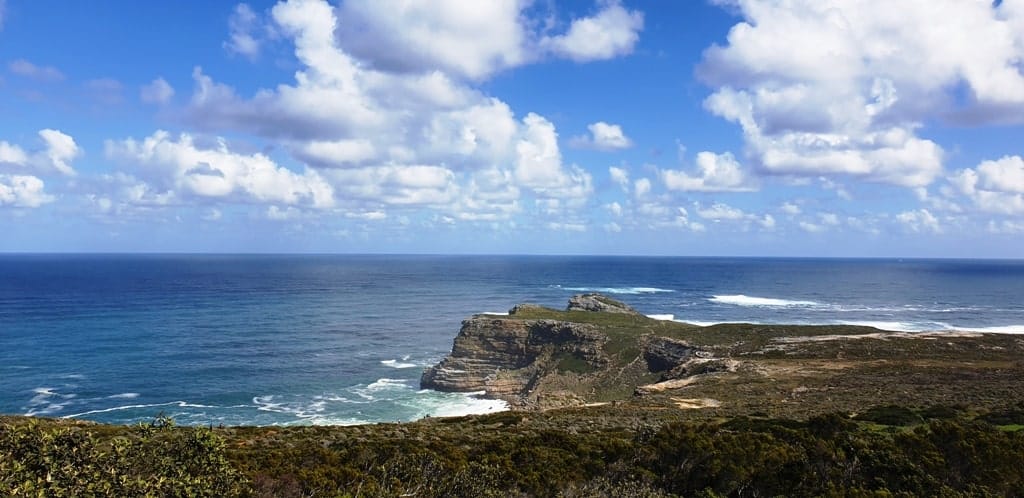
A popular overnight hiking trail for those who are up to the challenge is the Hoerikwaggo hiking trail which extends across 75 kilometers through the Table Mountain National Park, another world heritage site. Although Table Mountain is located in the northern part of the Cape, the National Park extends far south and constitutes this trail, meaning ‘mountain in the sea’.
The hike extends over three or four days, depending on the package requested and personal ability. Packages include a tented camp and bedding, a private guide, meals, snacks, and a porterage service.

The famous shipwreck of SS Thomas T. Tucker, the transport vessel of WWII troops and weapons, has its own shipwreck hiking trail, alternatively known as the Olifantsbos trail. This is a short trail extending about three kilometers along the coast. The ship’s hull rests just off the shore and is now home to indigenous birdlife in the area.
The Cape of Good Hope Nature Reserve
The Reserve forms part of the Table Mountain National Park and serves as a separate entrance for tourists visiting the southernmost point of the city. Despite being the natural habitat for a wide range of plant and animal species as aforementioned, the Reserve offers hiking trails, is the perfect spot for a memorable snapshot, and is a paragon of knowledge for nature lovers.
The Cape of Good Hope is one of two renowned landmarks within the region and is preserved specifically for the life within it, and the rich history behind it.
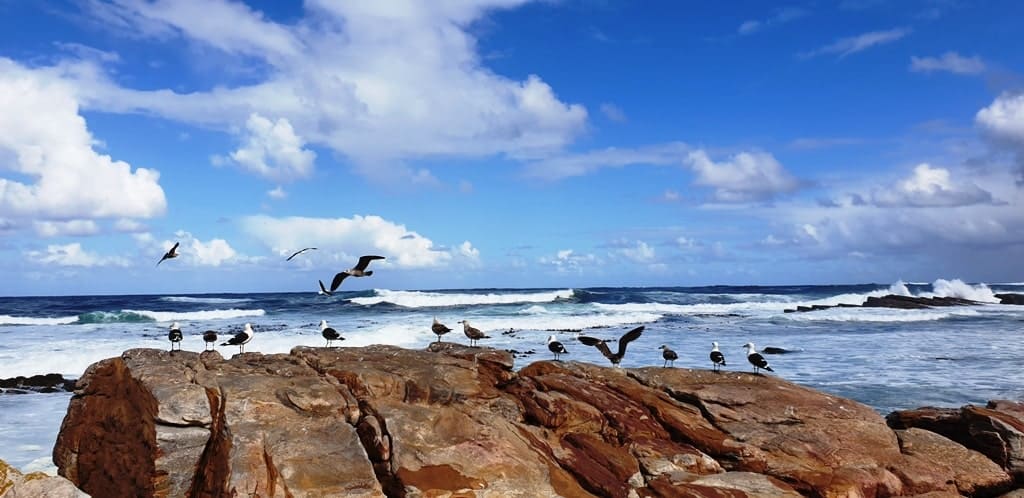
Travelers to Cape Town observe a visit to the Cape of Good Hope as mandatory. The beauty of paying a visit to the south coast is that a day trip is sufficient to satisfy curiosities about this region. There is an array of transport modes available, depending on personal preference. The more adventurous may enjoy partaking in a series of hikes from Table Mountain all the way to Cape Point, but this is not for the faint-hearted. This is also the perfect point of departure to move from region to region or embark on a journey through the Garden Route. Nonetheless, the Cape of Good Hope is a melting pot of history, adventure, and beauty needed to understand the backdrop of South African history.

